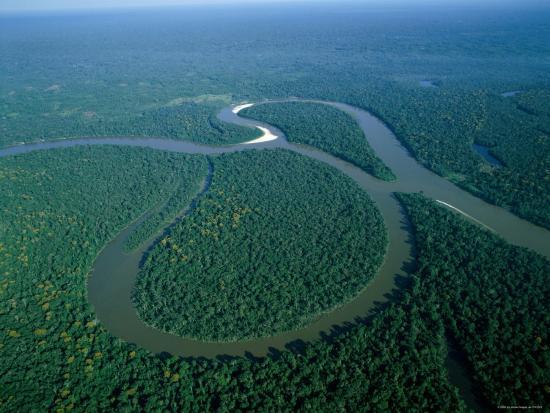 |
| Amazon River |
Try these lofty words.
Four the world’s
largest rivers and four of the world’s largest freshwater lakes can be found in
the Latin America region with a run-off area encompassing 5,470 cubic
miles. The rainwater and snowmelt
running into these water bodies represents 20% of the world’s run-off. By itself Brazil is home to 20% of the water
resources of the entire world.
Here is a more realistic string of words on water.
Desertification,
pollution and poor infrastructure thwart access to a decent glass of water for
most Latinos. One third of Latin
American water is polluted due to lack of sewage treatment. Fresh, unspoiled water is not evenly
available around the region. The United
Nations reports that in 2017, nearly all Argentineans and Chileans were served
by clean water systems, but only 43% of Mexicans have access to safe drinking
water. In the Caribbean the numbers are
even more stark. In the Dominican
Republic only 24% of the rural population has access to taps with clean
water. In DRC cities piped water access
is near 95%, but Dominicans pay dearly for every drop. Virtually no one in Haiti is connected to a
clean water system. The rest are reliant
on rain water.
Much of the
water supply in Latin America comes from municipal systems or specialized public
utilities. As a
consequence about 90% of urban water supply in Latin America is provided by
publicly owned entities. Nonetheless, some
of the largest commercial water companies in the world have taken an interest
in Latin America. A stake in one would be a good hedge against either set of prose on
Latin American water supply.
France’s Suez SA (SEV:
PA, SZEVY: OTC/PK) is a global provider of water and wastewater management. Its portfolio of water management contracts
in Latin America has grown to 7% of the company’s global revenue. A water distribution contract in Santo
Domingo signed in 2018, brought Suez to Ecuador for the first time and extended
the company’s Latin footprint to a total of ten countries. Suez signed on to reduce leaks in the Santo
Domingo municipal water system and ensure 24/7 water availability. Suez is also serves commercial customers
with water treatment and desalination systems.
In the year 2018 alone the company signed nine new contracts for water
optimization and conservation with commercial customers in the agri-food sector
in Brazil, Mexico and Costa Rica.
In 2018, Suez
realized Euro 335 million in net income on Euro 17 billion. For its efforts Suez shares are valued at
17.9 times trailing earnings. If that
seems cheap, think again. The
price-earnings to growth rate ratio is well above one at 1.41, leaving an
investor paying dearly for Suez’s growth.
If Suez is not
to an investors liking, there is her French sister, Veolia Environment, SA (VIE: Euronext, VEOEF: OTC/PA). Veolia acquired Proactiva Medio Ambiente,
which operates in eight locations in three Latin American countries. The water management company serves over 42 million customers with a mix of water distribution and waste
management systems it operates for national and municipal agencies.
Veolia shares give
an investor a stake in a significantly larger operation with diverse portfolio of water and waste water management contracts around the world. In the twelve months ending September 2019,
Veolia reported Euro 27 billion, on which the company earned Euro 457 million
in net income. Veolia shares trade at
31.8 times these earnings. The pricey
multiple is a little easier to swallow with the company’s 4.0% forward annual
dividend yield.
The next post in our water series will discuss North
American water companies and their interests south of the boarder.
Neither the author of the Small Cap Strategist web
log, Crystal Equity Research nor its affiliates have a beneficial interest in
the companies mentioned herein.
No comments:
Post a Comment